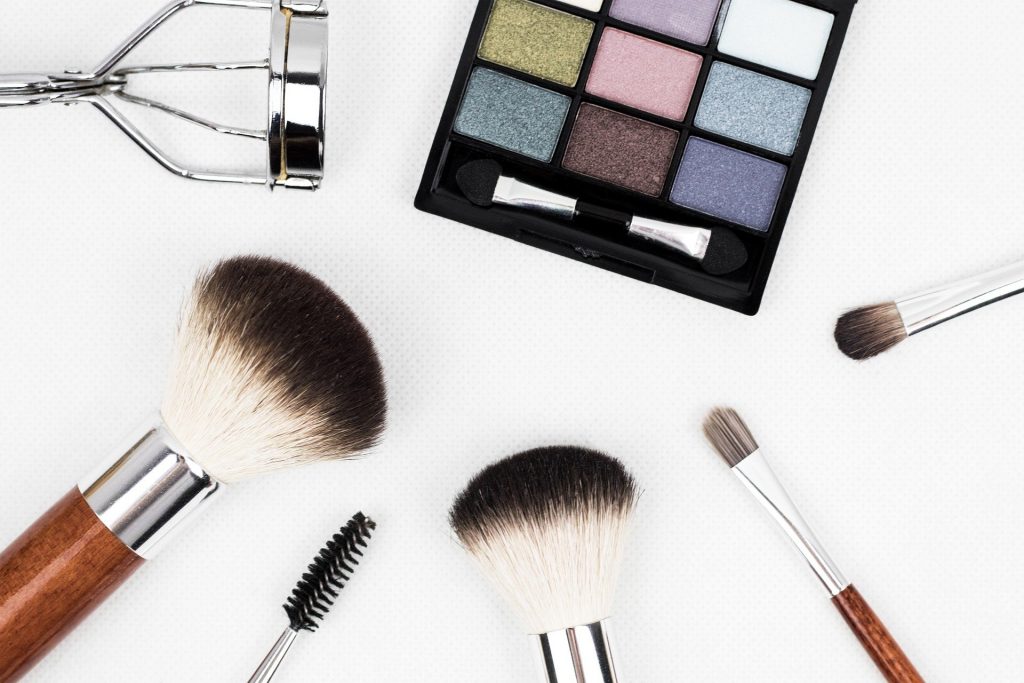How is Makeup Made?
How is Makeup Made?

In the U.K. and generally the world, the makeup industry is big business. People in the U.K. spend over £3 Billion on makeup related products like lipsticks, mascara, foundation, and many others. For this reason, in the last few years, we have seen major changes being made to regulate the industry. For example, in the U.S., the Food and Drug Administration is now regulating the way these products are made. The goal is to prevent or limit the usage of toxic substances like mercury and lead.
However, have you ever wondered how these products are being made? Of course, consumers expect consistency, if not improvements. A consumer wants to know that the last bit of their lipstick is going to have the same colour and texture as the first application. They want to know that their mascara will not run and always look fresh through the day.
Nowadays, makeups are designed to achieve these standards. This is why companies that produce makeup invest in top quality, to ensure they have made them safe, balanced, and appealing to the consumer.
How Foundations Are Made
According to many manufacturers, the foundation is the hardest type of makeup to get right. Today, liquid foundations are gaining in popularity and widely used than solid foundations. These foundation makeups are made with oil and pigment, with a mixture of fragrances in some brands. The mixture must be mixed very well and blended to prevent runoff and unevenness.
As such, the industrial equipment used by these companies to make foundation makeups are of high quality and carefully calibrated to ensure the product has a consistent texture and all products come out the same. These companies use processes like submicron to ensure all product lines are exactly the right.
One of the companies known to make top quality cosmetic makeup is Quadro Liquids. The company has invested greatly in machines that mix all ingredients well and reliably produce good foundations. The company achieves this by performing several tasks like: –
• Stable emulsion production
• Solid mix disintegration
• Powdered ingredient dissolution
• Hydration of suspending/thickening agents
• Liquids blending to the required viscosity
• Mixing stabilisers, thickeners, or modifiers
All these processes are done with the aim of producing a consistent, controlled, and hygienically conditioned product. Remember, health and safety are paramount when it comes to these products.
How Mascara Are Made
This is another product that is difficult to make and demands care and attention to produce. Remember, mascara is applied to the eyes. In some countries, it is illegal to use tar, coal, or any other substance that may be considered toxic to the eyes or achieve the preferred jet black colour. A good example is in the U.S., where makeup companies are required by law to use safer alternatives.
The good news is that there is a lot of formulas that can be used to make mascara. In a nutshell, many of these formulas will include using water, oil, wax, and a colouring pigment. The formula and ingredient use will depend on the manufacturing company. Do not forget, blending water and oil is very difficult. As such, manufacturers are required to use sophisticated techniques to produce a stable emulsion to produce a smooth mixture.
Other makeup Products
Just like these two makeup types, others types demand similar attention and complex processes to make. For example, lipstick is generally made of wax, oil, and pigments. These ingredients are then treated with antioxidants so that they can prevent them from being spoiled the moment they are opened and exposed to the air. In the U.S. there are many pigments that are approved by the FDA to produce lipsticks.
Unlike many other forms or types of makeup, lipstick is highly regulated due to the fact or chances of it being consumed. As such, all ingredients used must be non-toxic. All the ingredients must also be blended together to get a good quality product. This is where mixing equipment like double diaphragm pumps from brands like Flux Pumps come into the picture. The mixture is required to be stable and smooth applicability. Furthermore, it should have the ability to stay on for longer. The most popular pigment used is Cochineal.
